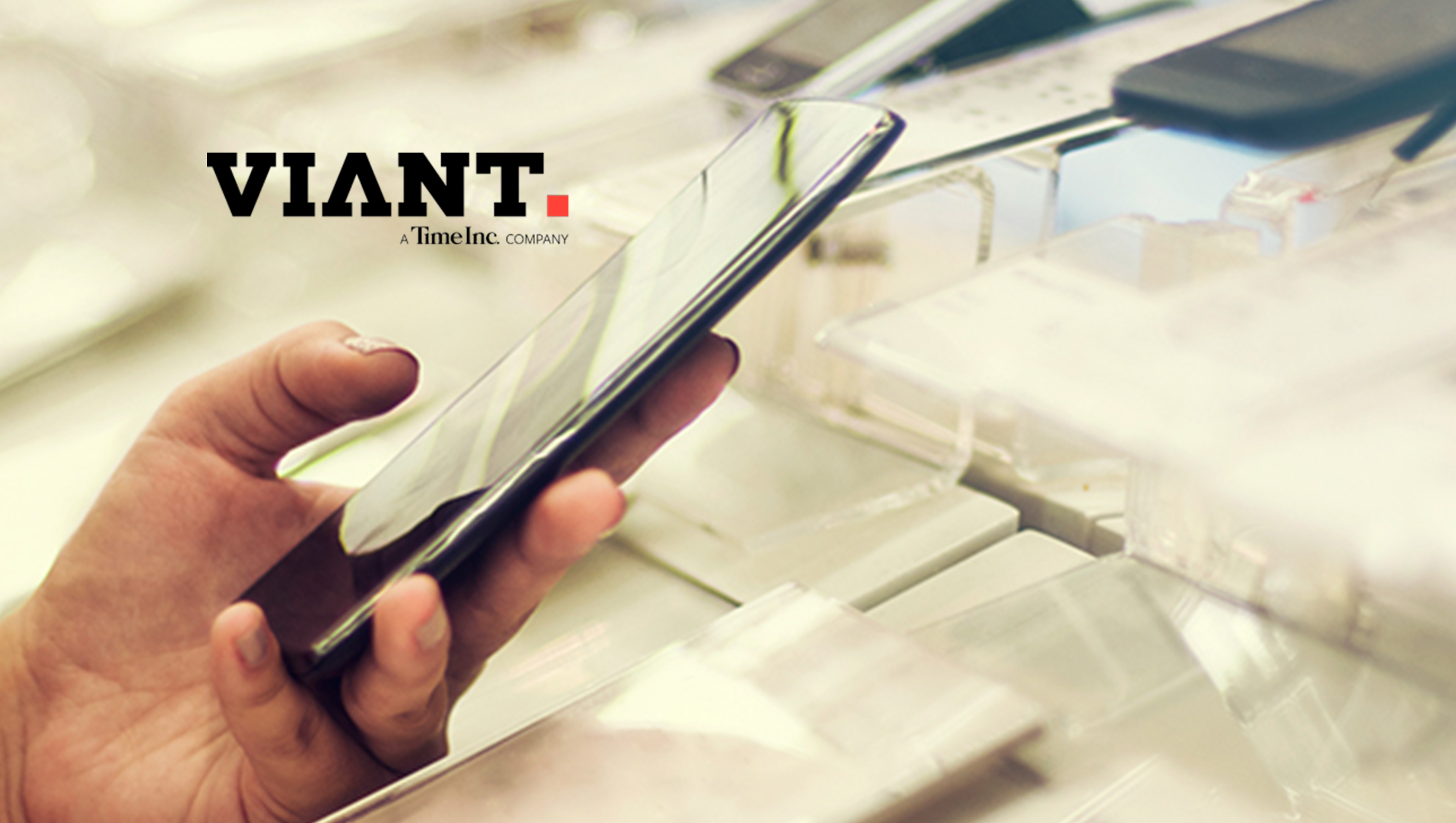Deep links are becoming an essential part of the mobile marketer’s toolkit.
Users have come to expect a personalized app experience, so sending push notifications that offer real value is essential for keeping them engaged with your app.
Deep linking from push notifications sends users to specific pages within an app, making it easy for users to reconsider an abandoned cart, view new content, shop a sale, or fall in love with new features.
In this article, we’ll cover the essentials of mobile app deep linking and how you can use them to send push notifications that delight your users.
What Is Mobile App Deep Linking?
Instead of simply launching the app and leaving users at the home screen, tapping on a deep link brings users to a specific page within your app. Think product pages, profiles, new content, or shopping carts. Deep links can take users to in-app content directly from:*
- Website to app
- Ad to app
- Push notification to app
- SMS to app
- Email to app
- Social media post to app
- App to app
- Search result listing to app (using app indexing)
How to Deep Link to Improve the Mobile User Experience
Mobile users have high expectations. It’s not enough for apps to be fast, reliable, and secure — users demand a personalized experience. And that’s exactly what deep links help you deliver.
Deep linking allows marketers to fine-tune the way users interact with their app.
WIth deep links, mobile marketers can design personalized campaigns that help users — providing useful and relevant content instead of a boring “Come back!” CTA.
Deep linking is the perfect tool for marketers to drive engagement and conversions by bringing users to specific conversion points within the app, tailored by their past behavior or stated interests.
Also Read: Top Mobile Marketing Trends and Influencers to Watch for 2018
Say you get a push notification about an item on your wishlist that’s now on sale. You tap the link to open the app and add the item to your cart, but a non-deep link will simply drop you off at the app’s home screen. You’ll have to navigate back to the product listing, which is annoying at best. You might even decide it’s not worth the trouble and close the app.
Deep links make for frictionless transitions and better user experiences.
And they work: apps that implement deep links have been shown to double user retention* across 1-day, 7-days, and 30-days.
In fact, users who were sent deep links showed double the activation rate and visited the app twice as frequently as users who weren’t sent deep links. And using deep links accounts for an average 66% rise in conversions. That’s nothing to sneeze at.
How Does Mobile Deep Linking Work?
As the app deep linking experts at Branch Metrics explain,* there are three standards for mobile deep links: URI schemes, Universal Links, and App Links.
URI Schemes
For a long time, URI schemes* were the main method for mobile app deep linking.
What’s a URI scheme?
You know http:// and https:// schemes on the web, and you’re probably familiar with schemes like ftp:// or mailto://. These schemes note the type of content being requested. Your mobile app can register its own custom URI scheme, like mygreatapp://.
But custom URI schemes aren’t a perfect solution. As Shannon Wu notes,* they present two significant problems:
-When the app isn’t installed, the user sees an error message.
-Because there’s no central registration system, more than one app can claim the same custom URI scheme.
Because of these issues, Apple and Android created their own deep linking standards.
Universal Links and App Links
With the release of iOS 9.2 in January 2016, Apple changed how Safari handles URI schemes. They no longer work seamlessly for linking from a mobile web page into your app, especially if the app isn’t installed on the user’s device.
Universal Links are deep links created for iOS, while App Links are created for Android. With both Universal Links and App Links there’s a built-in fallback option that can redirect users to your website if the app isn’t installed.
Universal Links offer some advantages* over traditional URI schemes, including enhanced privacy and security. Apple has also implemented a central whitelisted domain, so no two apps can use the same naming conventions.
But not everyone is thrilled with Apple’s deep linking solution. For one, an app opened from a deep link will include an override button in the top right corner, giving users the option to view the content in their mobile web browser instead.
iOS remembers this decision and routes subsequent Universal Links to the mobile browser instead of the app. Some experts argue* that it’s too easy for users to disable universal links without realizing it (or know how to undo it), resulting in a poor user experience and leading users to assume the app itself is broken.
How to Use Deep Links with Push Notifications to Boost User Engagement
A timely, personalized push message can be incredibly effective in engaging users. But a targeted, well-written notification that gets users excited about a new feature or promotion only to drop them on the home screen? Talk about a wasted opportunity.
Here are a few deep linking examples for your push notifications to delight users and boost engagement, conversions, and retention.
Link to specific promotions and products
Take users directly to the relevant category page or product listing.
Link to new features
You’ve released an exciting new feature, but it’s taking users a while to discover it on their own. Help them learn and adopt key features or functionality faster.
Link to location-based content (requires location access)
Send a push notification with a deep link to a nearby restaurant’s page or coupon while a user is in the area.
Link to breaking news and trending content
Keep users informed of the latest news as it happens, without searching or navigating content categories.
Link to personalized content
Share updates on the artists or content topics a user has shown interest in, related products based on purchase history, a new message in their inbox, etc.
Personalize the onboarding experience
Bring new users who weren’t successfully activated back into the onboarding flow with special incentives, or automatically apply a clicked-on promo code to their first order.
Recapture abandoned carts
Send users back to an abandoned shopping cart, or a specific page in the checkout process.
Improve re-engagement campaigns
Inactive users aren’t opening your app, so you need to use external channels like push notifications to reach them. Use deep links to send these users straight to your stickiest in-app content, or encourage actions that are proven to re-engage users.
Enable partnerships with other apps
Partnering with other apps can help you provide an even better user experience. For example, Yummly partnered with Instacart to allow users to add recipe ingredients for delivery with a single tap. Yelp and OpenTable once partnered to make reserving a spot at a hot restaurant quick and easy.
Using deferred deep links through a service like Branch can ensure users who don’t have the partner app installed are sent to the proper place.
Deep Linking Mobile Apps the Right Way
Deep links are a powerful mobile marketing tool. But like any tool, you have to know how to use them properly to reap the benefits.
Because deep links take users directly to in-app content, it can take them out of your intended ideal user flow. You need to be strategic about how you use deep links, especially when it comes to new users.
Take a look at each screen in your app. If you dropped a new user on that page, would they understand what your app does? Would they need to have registered an account, added billing info, etc., in order to complete the desired action?
Deep links should take users directly to the intended content without any required logins or interstitial pages disrupting them. Carefully plan how your deep linking strategy will work with the structure and logic of your app in order to enhance the user experience — not interrupt it.
When paired with CleverTap’s powerful personalization features and behavioral analytics, deep linking from push notifications lets you customize the user experience to wow your users and grow your app.
Also Read: How Marketers Can Optimize $682 Billion in Expected Spend in 2018











